Do you enjoy curry and wonder what spices give it its distinct flavor? Or are you in the process of buying curry ingredients to make your own? This guide will definitely help you proceed further in your culinary journey.
People always say that making curry at home is complex, and a long list of ingredients is required to make curry or curry powder.
Wait… Let me tell you, making a rich, flavorful curry is simpler than you think.
It's all about understanding the ingredients, particularly the spices, used in curry. In this guide, we will discuss the 10 most essential spices that make curry flavorful and delicious.
Make Note that each ingredient adds a unique flavor to the curry, which we all love.
Turmeric
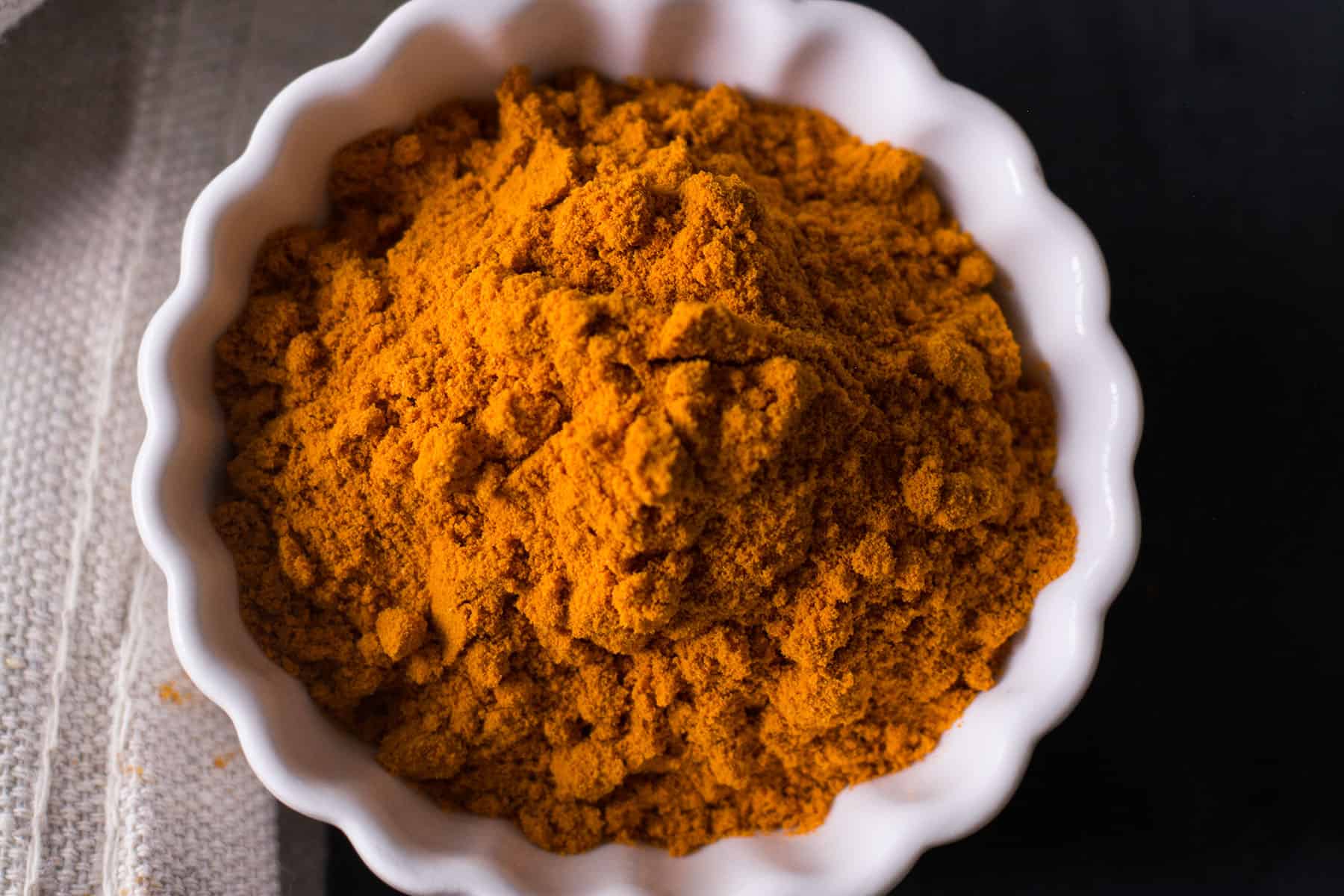
Turmeric is usually available as a powder sourced from dried roots. Making a curry is one of the primary and staple ingredients required.
Turmeric has a subtle flavor. While it doesn't significantly influence the overall taste, it lends a beautiful golden hue that enhances the dish's visual appeal.
Whether you're making a spicy vindaloo or a chicken curry-Madurai style, turmeric is a must-have ingredient.
When to add? It's typically added during the cooking or the sautéing process.
How much turmeric powder should you add? A quarter to half a teaspoon is sufficient for a curry serving four people.
Where to get it? Purchase from reliable sources to guarantee good quality. Turmeric powder can be found in Indian stores, Asian stores, and online. Costco is another store where you can find good-quality turmeric.
Cumin
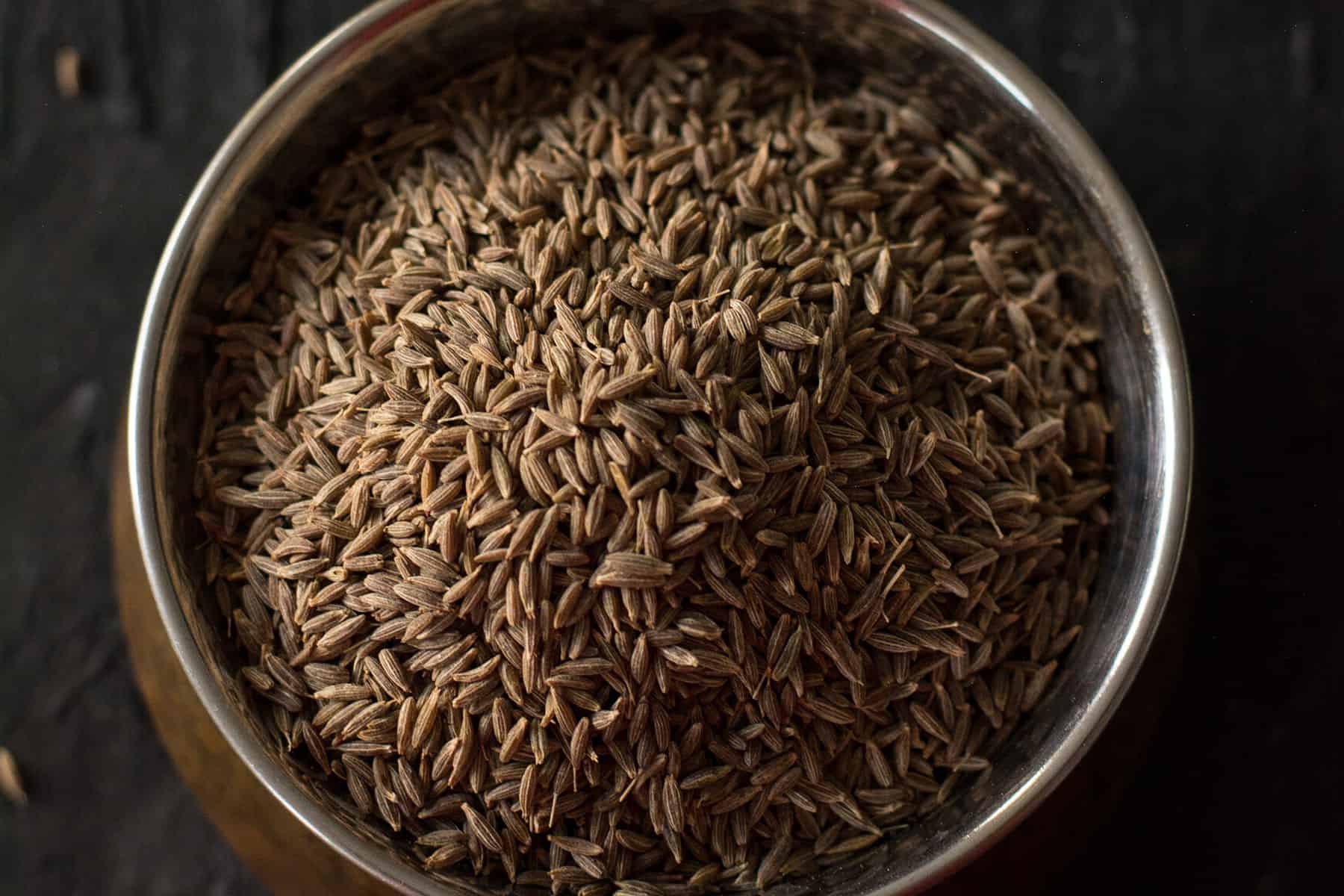
Cumin creates a unique, complex taste, making a curry more aromatic and flavorful. This aromatic spice is used in both seed and ground form.
When to add? These seeds are typically added at the beginning of the cooking process, usually tempered in hot oil to unlock their maximum flavor. On the other hand, ground cumin is often incorporated during the final stages of preparing a curry.
How much should you add? Half a teaspoon to 1 teaspoon would be the optimal amount for a curry with 4 servings.
Where to get them? Indian stores, Asian stores, online stores, and sometimes your local stores carry them, too. The local stores may carry them in the International or condiments aisle.
Coriander
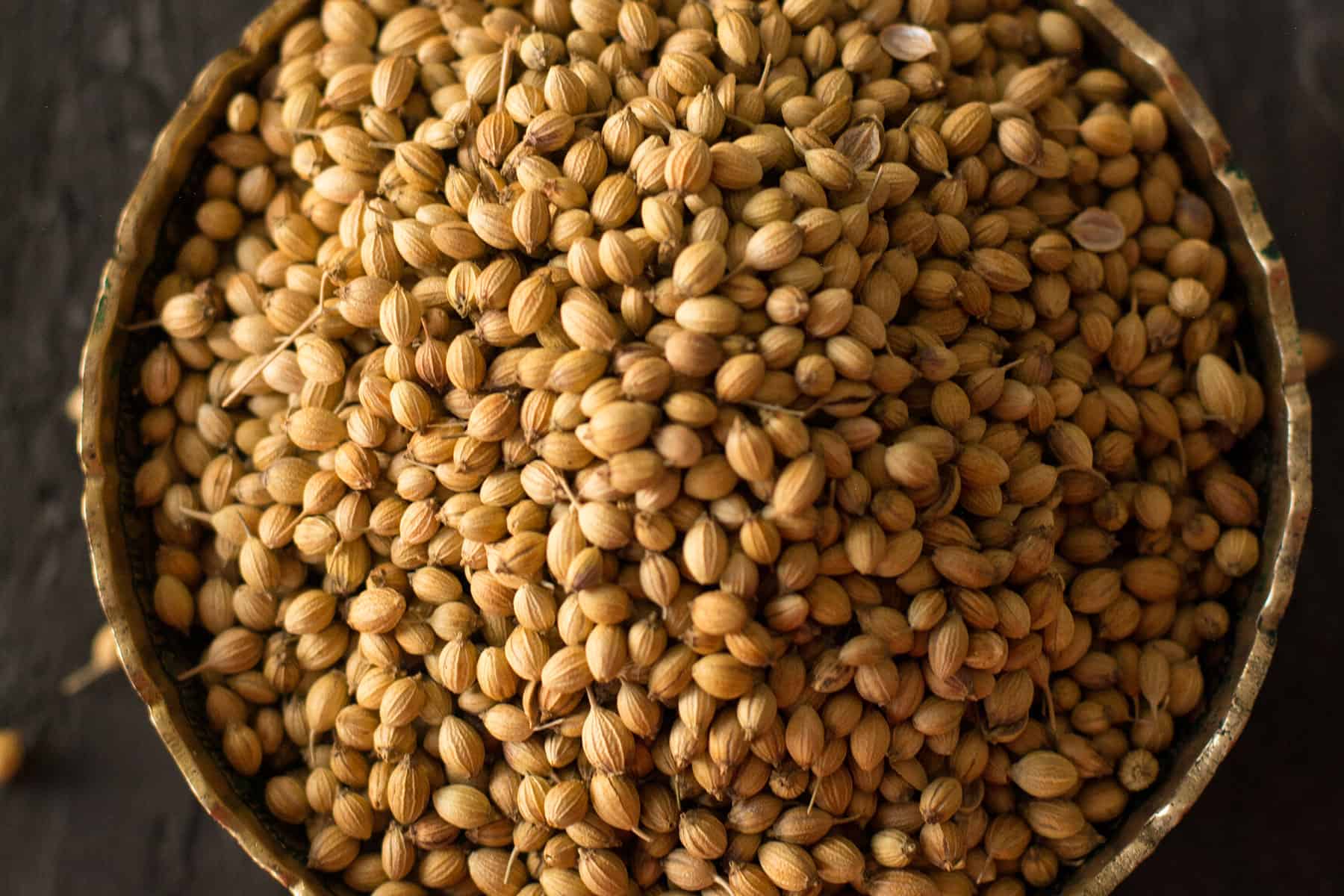
It's essential in curry recipes, providing an authentic taste and luscious texture.
Coriander is primarily used in three forms: fresh leaves for garnishing, whole seeds for crafting spice blends, and ground coriander for a bold, distinctive flavor. Ground coriander seeds provide the consistency and the body of the gravy.
When to add? Ground coriander, added early in the cooking process, slowly releases its warm, earthy flavors.
Fresh coriander leaves are used in the final stages of cooking, typically as a garnish. This is good to substitute with cilantro.
And coriander seeds are added after roasting when making homemade curry powder.
How much coriander powder should be added? Half a teaspoon to three teaspoons would be the ideal amount for a curry. The measurement varies depending on the consistency and type of the curry.
Where to get it? All three forms, leaves and powder, you can get them from your local Indian, Asian, or online stores. The leading grocery stores may carry coriander in the international section.
Cardamom

Cardamom, considered one of the world's most expensive spices, provides a delicate yet potent flavor profile to curries. With its unique blend of sweet and spicy notes, it adds a depth of flavor that enhances the curry flavor and taste.
Cardamom looks like small pods packed with seeds. Both the seeds and the skin carry an intense flavor.
You can use cardamom in whole, crushed, or powdered forms.
When to add? I personally recommend using it whole during the sautéing process, as sauteing in oil optimally releases its wholesome flavors. Crushed or powdered cardamom can overpower other ingredients.
How much is needed? One or four cardamom pods should suffice for serving four people. To extract the strong flavors, consider gently crushing the pods before use.
Where to get. Like the above spices, this one can be sourced in Indian, Asian, or online stores. And if you are lucky, your leading grocery stores may have stocked it, too.
Cloves
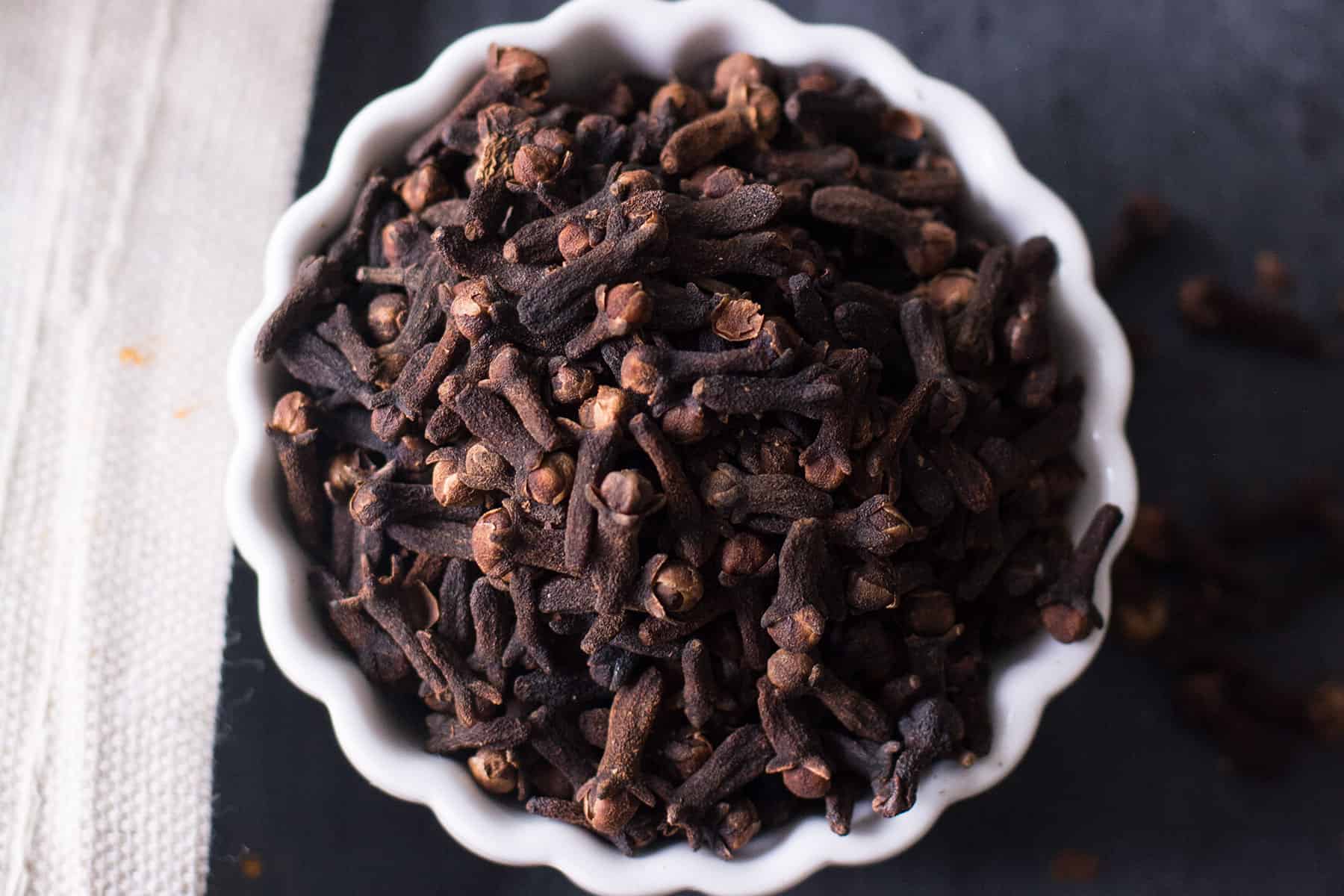
Cloves, these small yet aromatic dried flower buds, are guaranteed flavor enhancers. With their intense, pungent taste, they play a crucial role in determining the curry's depth of flavor. One of the popular ingredients throughout the world, you'll also find them in various spice blends.
When to add? Typically, they're added during the initial cooking stages. The cloves sizzle in the warm oil, releasing a unique flavor that makes the curry taste distinctive.
How much to add? When making a meat curry for four, five cloves would be sufficient. For a vegetable curry(like this potato peas curry, vegetable jalfrezi), one or two cloves are enough to elevate the taste without overshadowing other ingredients. Remember, even a single clove can significantly impact, so use them sparingly.
Where to get it? In the United States, these are rare in many grocery stores. However, they are available in local Indian stores, Asian, Middle Eastern, and African stores, and online stores are more convenient.
Mustard seeds
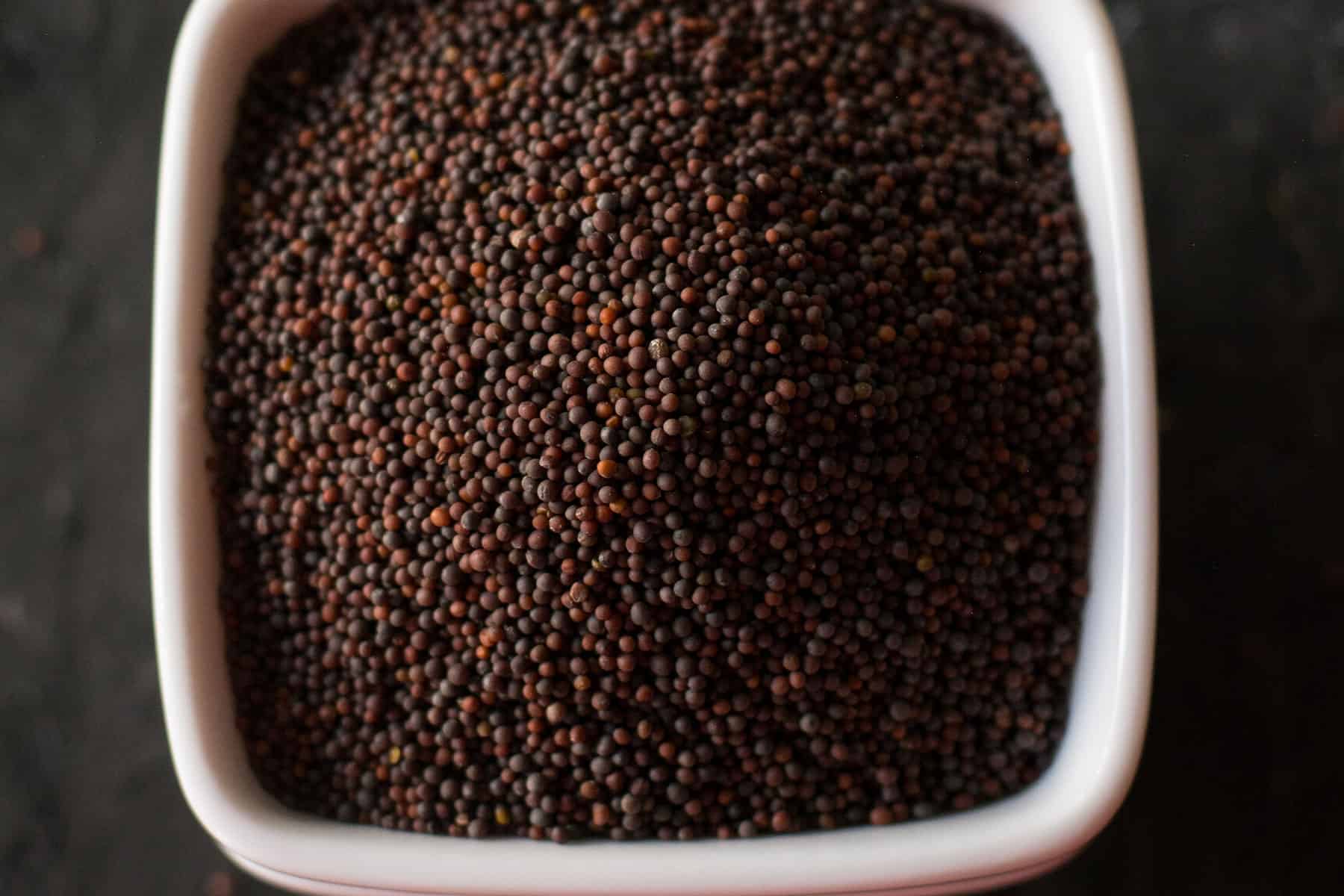
Mustard seeds are a common and staple ingredient in Indian cooking. They add a distinctive tanginess and depth to curries. Mustard seeds are usually heated with oil to release their maximum aroma and spice in the curry.
In Southern India, they are typically added as a seasoning to enhance the flavor in various dishes including chutney(like this coconut chutney, mint chutney).
There are two main types of mustard seeds used in Indian cooking: black and yellow. Black mustard seeds are widely used because they have a bolder and more intense flavor than yellow ones.
When to add? When using mustard seeds, they are usually allowed to crackle and pop in hot oil, which helps to unlock their maximum flavors. This process is known as tempering, a common technique for making flavorful curries.
How much is needed? Generally, half to one teaspoon of mustard seeds would be required to make a curry for four servings. Note that this amount varies according to your preference and the cuisines you follow.
Where to get it? These are also hard to find in regular stores or Asian stores. However, you can get them from Indian stores or online stores.
Fenugreek
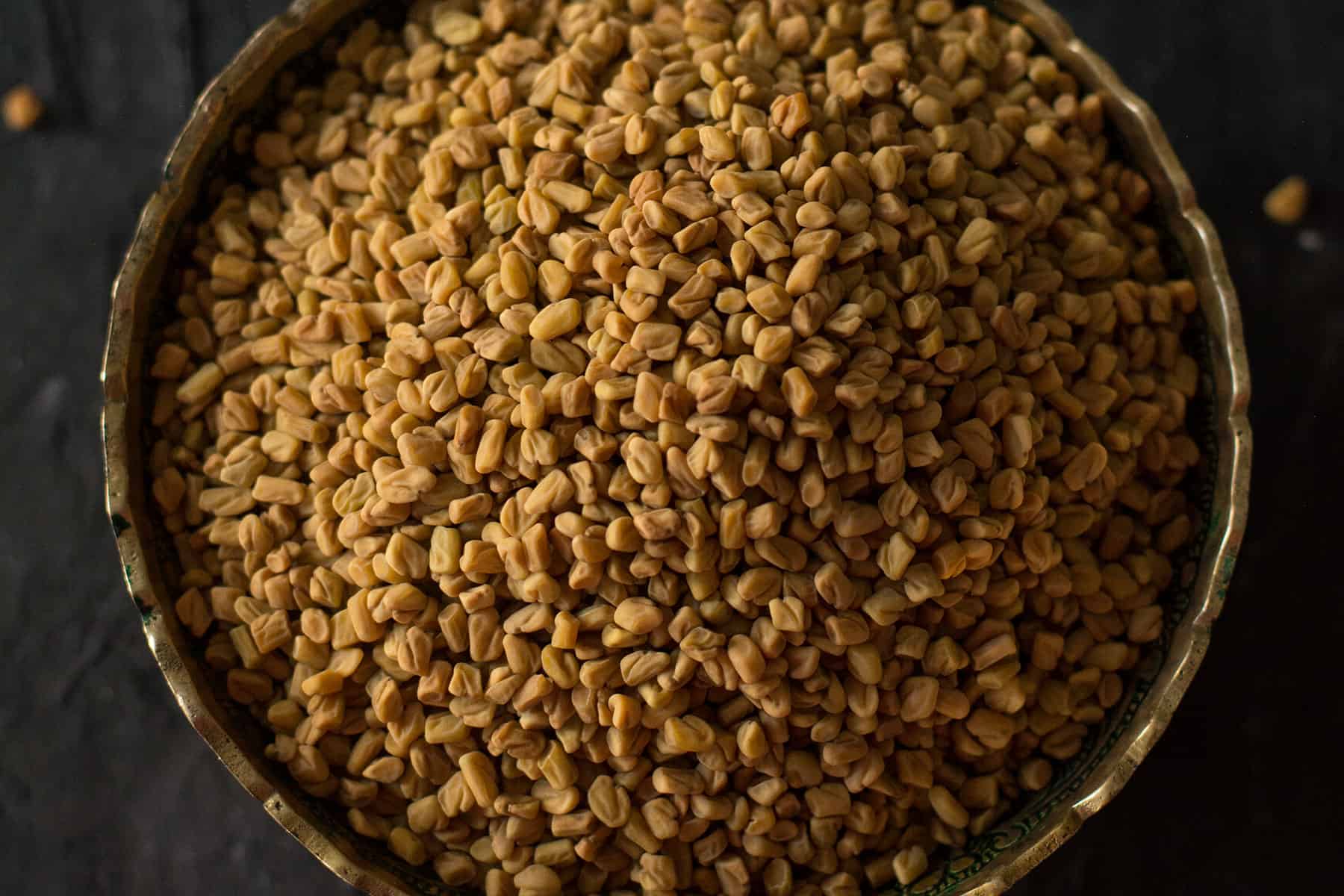
Fenugreek is also a vital staple condiment, often used alongside mustard seeds. It provides a distinct and unforgettable flavor with no close substitutes.
These tastes are slightly sweet with a unique bitterness. This property enhances the complexity of dishes.
It can be used in the form of seeds, as powder, or in the form of dried leaves.
When to add? Fenugreek seeds are added at the beginning of the cooking process. They are usually sizzled in the cooking oil to enhance their flavor. They are often combined with other spices like mustard seeds and cumin seeds.
Fenugreek leaves are typically added towards the end of the cooking process. Adding them at this stage gives the dish a delightful change, enriching its flavors.
How much is needed? Like other Indian spices, fenugreek is packed with flavors, so a little goes a long way. For a serving of curry for 4 people, using a quarter to half a teaspoon of fenugreek seeds is sufficient.
If using dried fenugreek leaves, half a tablespoon to 1 tablespoon should be enough, depending on the desired intensity of flavors.
Where to find? These are hard to find other than the Indian stores and online stores.
Red Chili powder
First and foremost, this is the primary source responsible for the spiciness in the dish. Red chili powder is mentioned in any curry recipe and is often confused with Mixican chili powder, a blend of ripe peppers and spices. Red chili powder is made solely with ripened cayenne pepper.
So, when making curry, it's essential to check the ingredient list on the package. Ensure that it contains only chili peppers. This makes the curry prominent and authentic in taste and flavor.
Chili powder(like this mango chili powder) adds both heat and a rich red color to curries.
When to add? Adding chili powder and other ingredients is recommended at the beginning of the cooking process. If you want to increase the heat, adding it at the final stages of cooking is not advisable. Allowing it to cook and blend with the other curry ingredients ensures a well-incorporated flavor. Adding chili powder towards the end of cooking may not distribute the heat evenly throughout the dish.
How much is needed? Adjust the quantity of chili powder according to your preferred level of heat tolerance. Typically, half a teaspoon to ¾ teaspoon of chili powder is sufficient to add a kick of heat to a serving of curry.
Where to get it? It’s easier to get from Indian stores and online stores.
Cinnamon
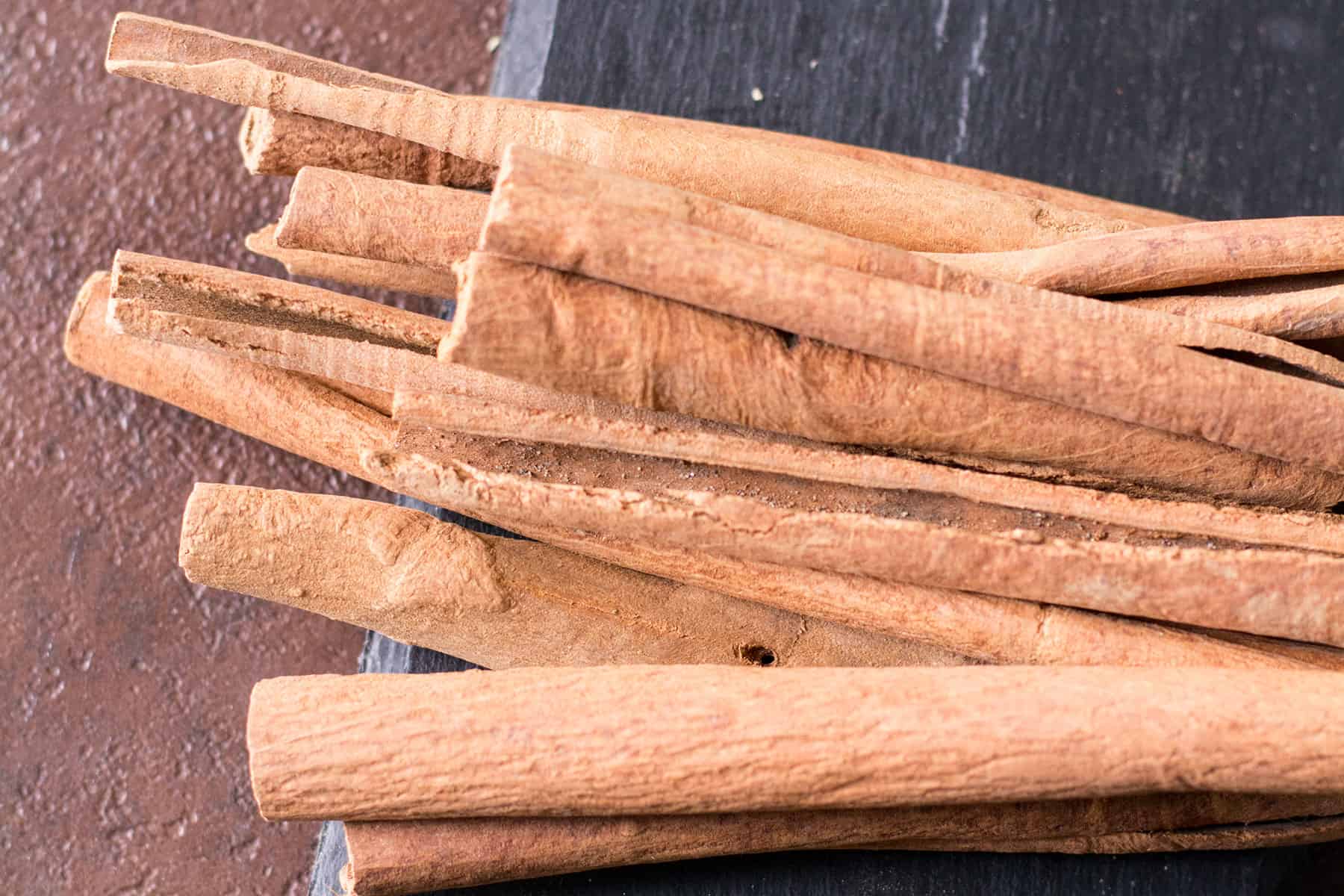
Cinnamon adds a distinctive and aromatic nature to not only Indian curries but cuisines worldwide. It provides a subtle sweetness and a delightful flavor that contributes to the overall richness of dishes.
Cinnamon is the bark of a tree and is typically added as whole sticks or ground powder.
Slow cooking allows the release of all the natural flavors of cinnamon in the most elegant way.
When to add? Cinnamon is usually added during the initial stages of cooking. While making the curry, cinnamon sticks are commonly used and gently simmered in oil over low heat to infuse the dish with their flavors(you can find this in the Madras lentils recipe).
How much is needed? For making a curry to serve the people of four, 2-3 inches long cinnamon would be the ideal quantity.
Where to get it? It is very easy to find in leading grocery stores, Indian, and Middle Eastern stores. This online store is the most convenient.
Ginger and garlic
The combo of ginger and garlic is unbeatable, and they are always added in their fresh form. When combined, both ingredients provide a pungent and savory flavor. They are typically added to the spicy curry grating or crushed.
Ginger and garlic are essential ingredients that bring out the flavors in a recipe. They are essential when making meat-based curries.
Combined with other ingredients, such as cinnamon, various spices, ginger, and garlic, they contribute wholesome flavors to the curry.
When to add? Most recipes call for ginger and garlic to be finely minced or crushed and then sautéed with onions in hot oil. This process allows the flavors to infuse evenly throughout the dish.
How much is needed? Half a tablespoon to two tablespoons of ginger and garlic paste would be needed to make the curry(like this lima bean curry or mung bean curry) for four servings.
Where to get them? You can get them readymade from Indian stores. Alternatively, you can make your own ginger-garlic paste by grounding them both in a mortar and pestle or spice blender.


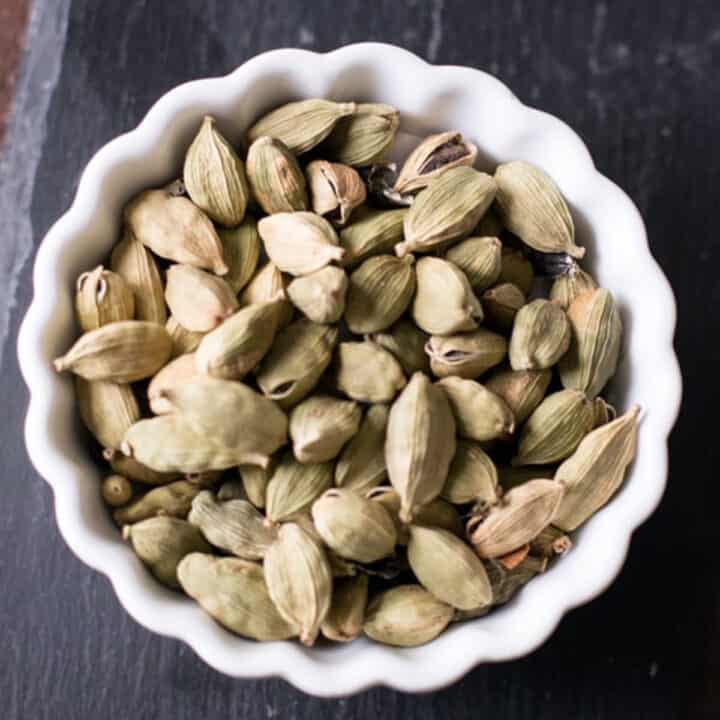
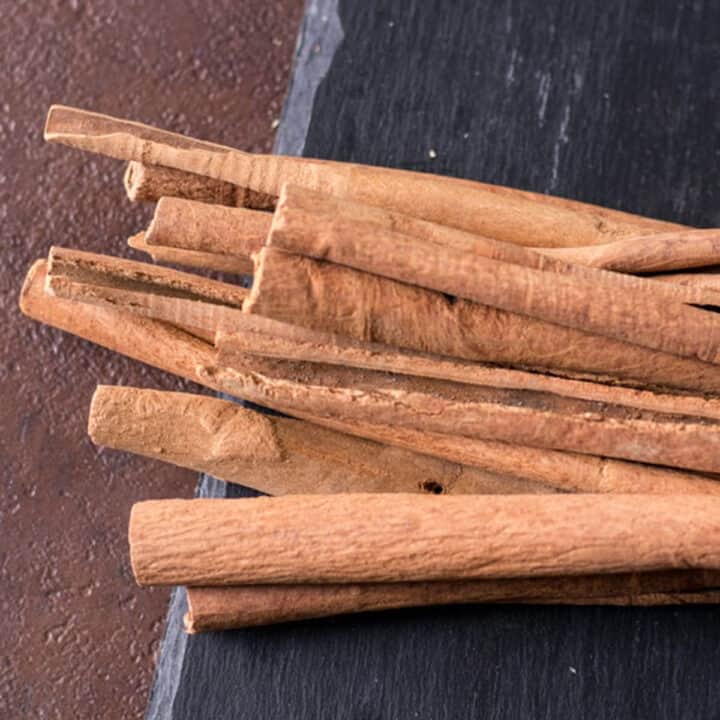
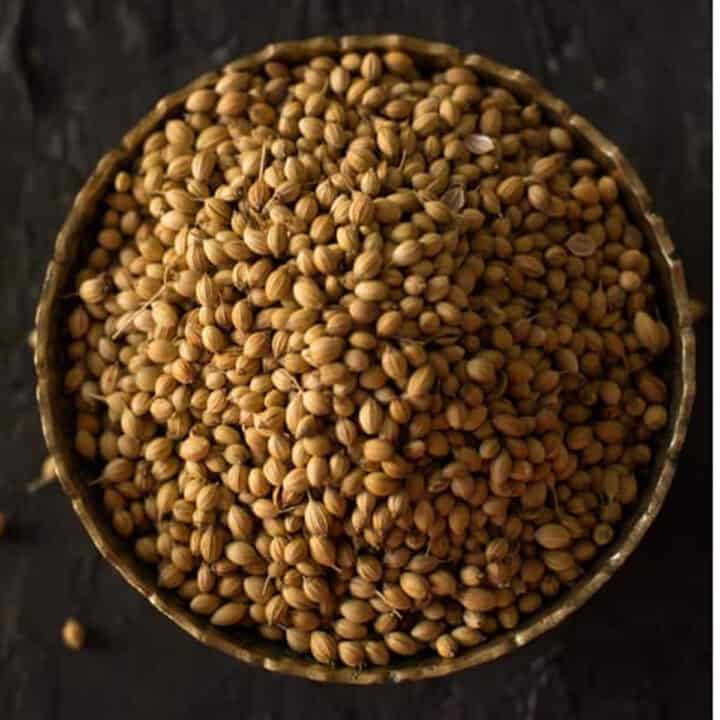
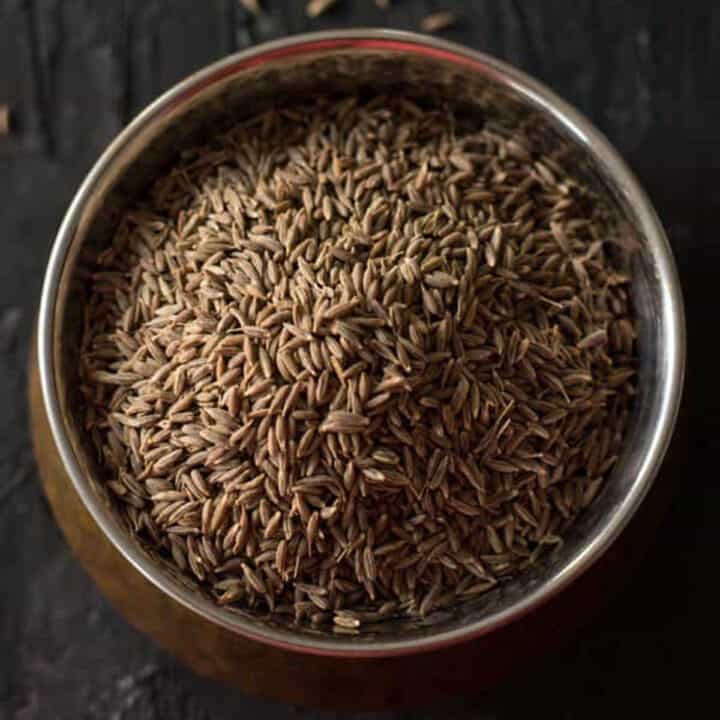
Leave a Reply